Search
Edina’s natural gas CHP (combined heat and power) technology is at the heart of ambitious healthcare project and saves over £1million in energy costs and reduce carbon emissions by around one fifth for NHS trust, Queen Elizabeth University Hospital.
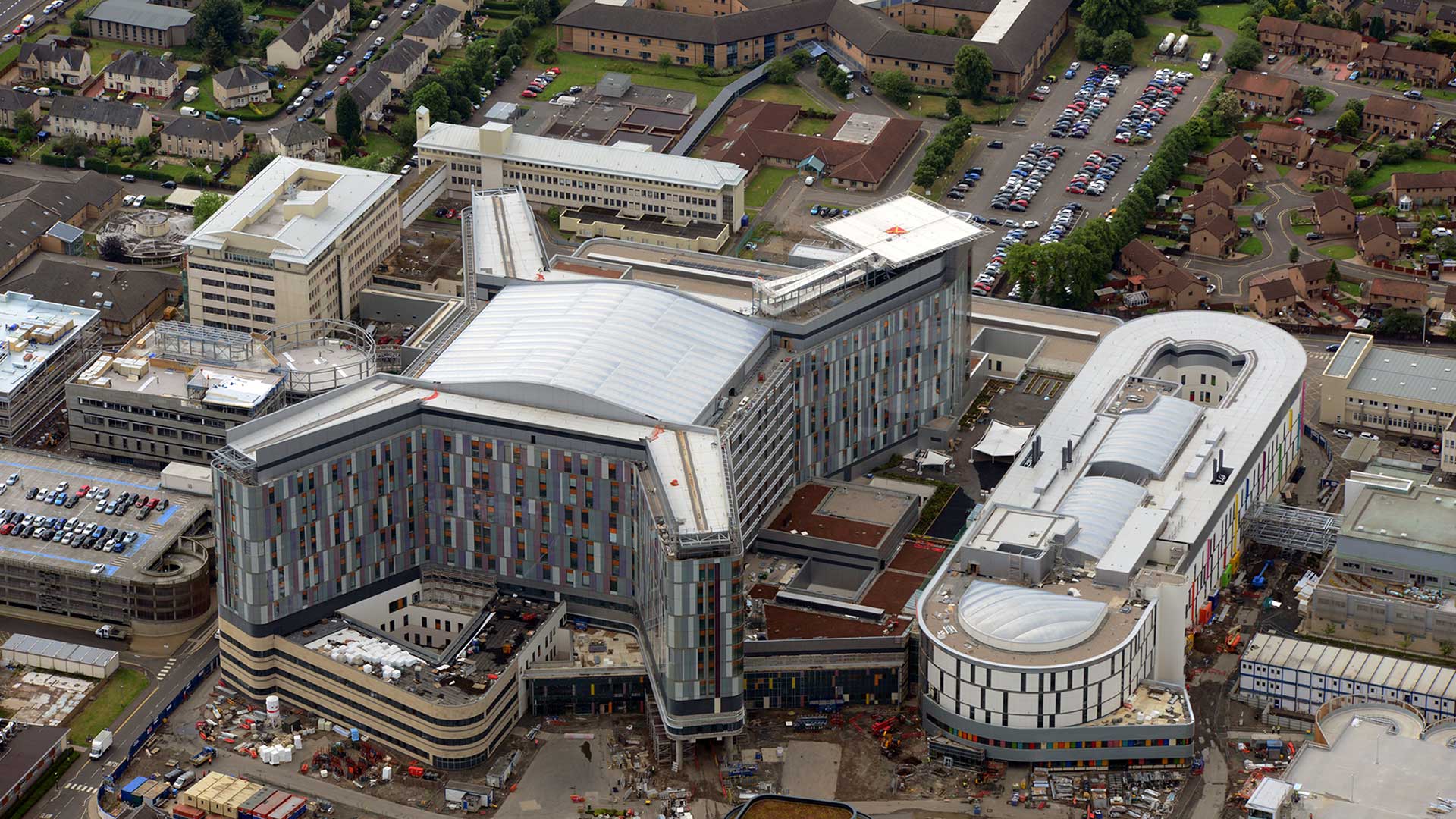
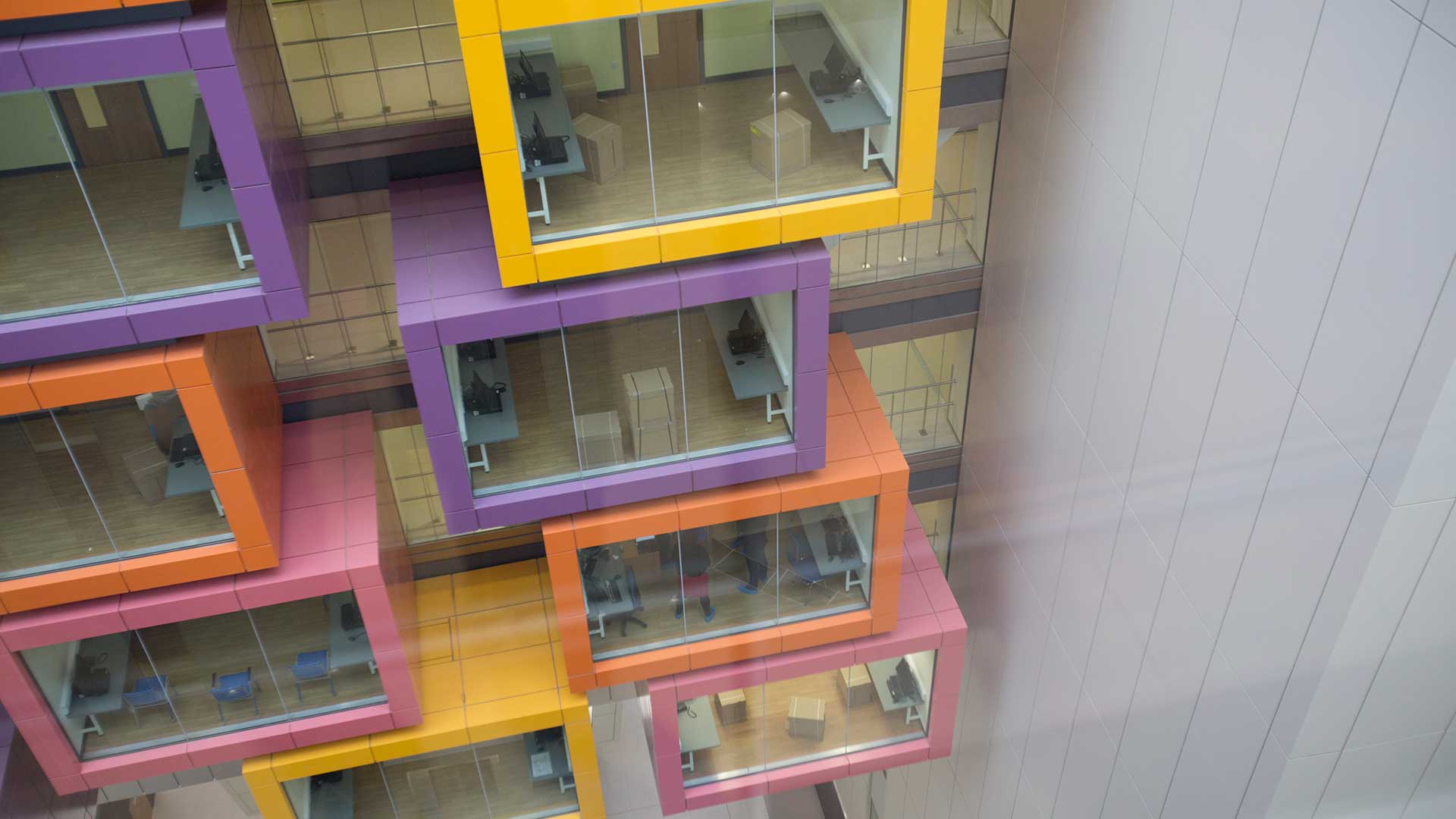
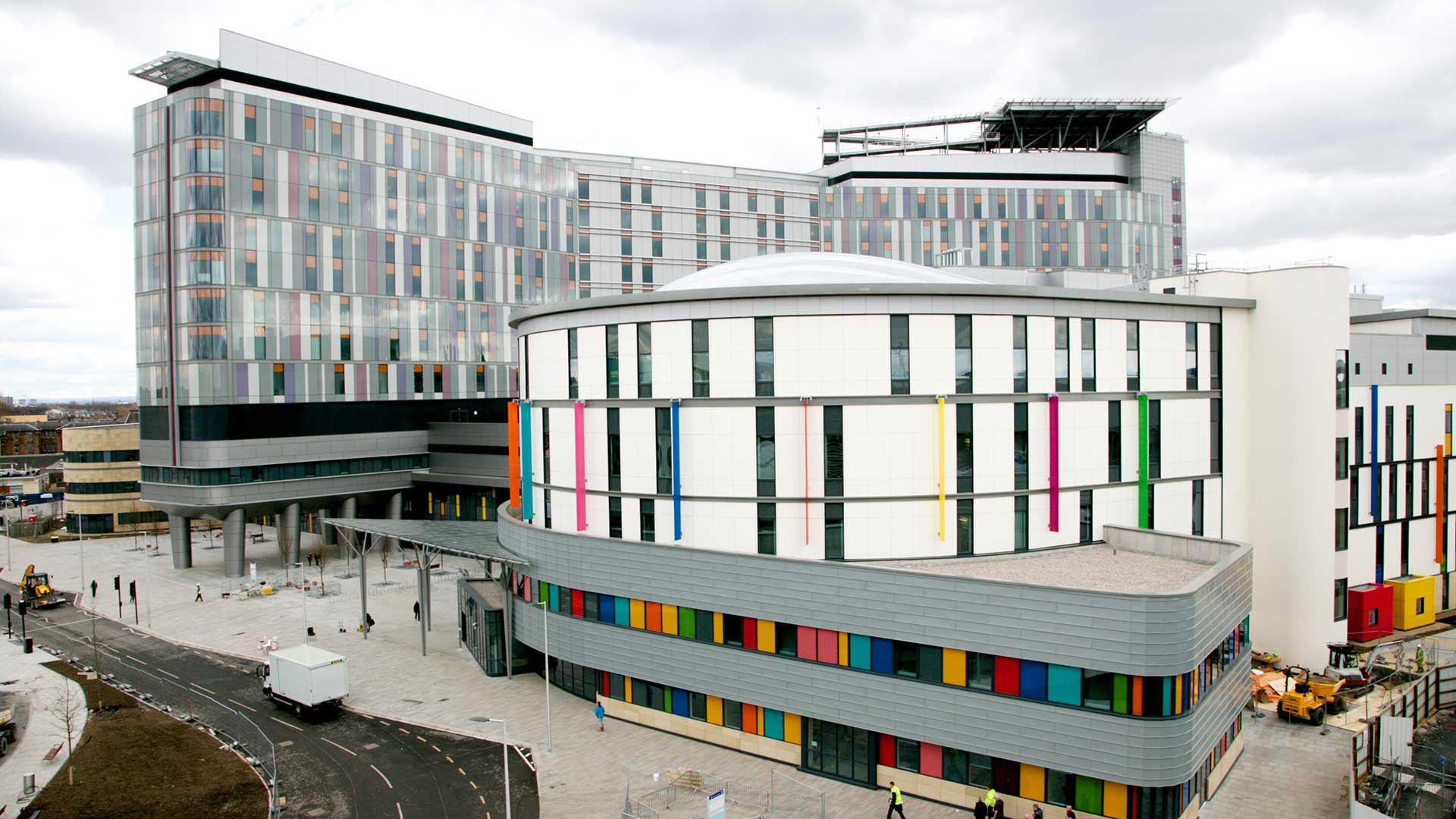
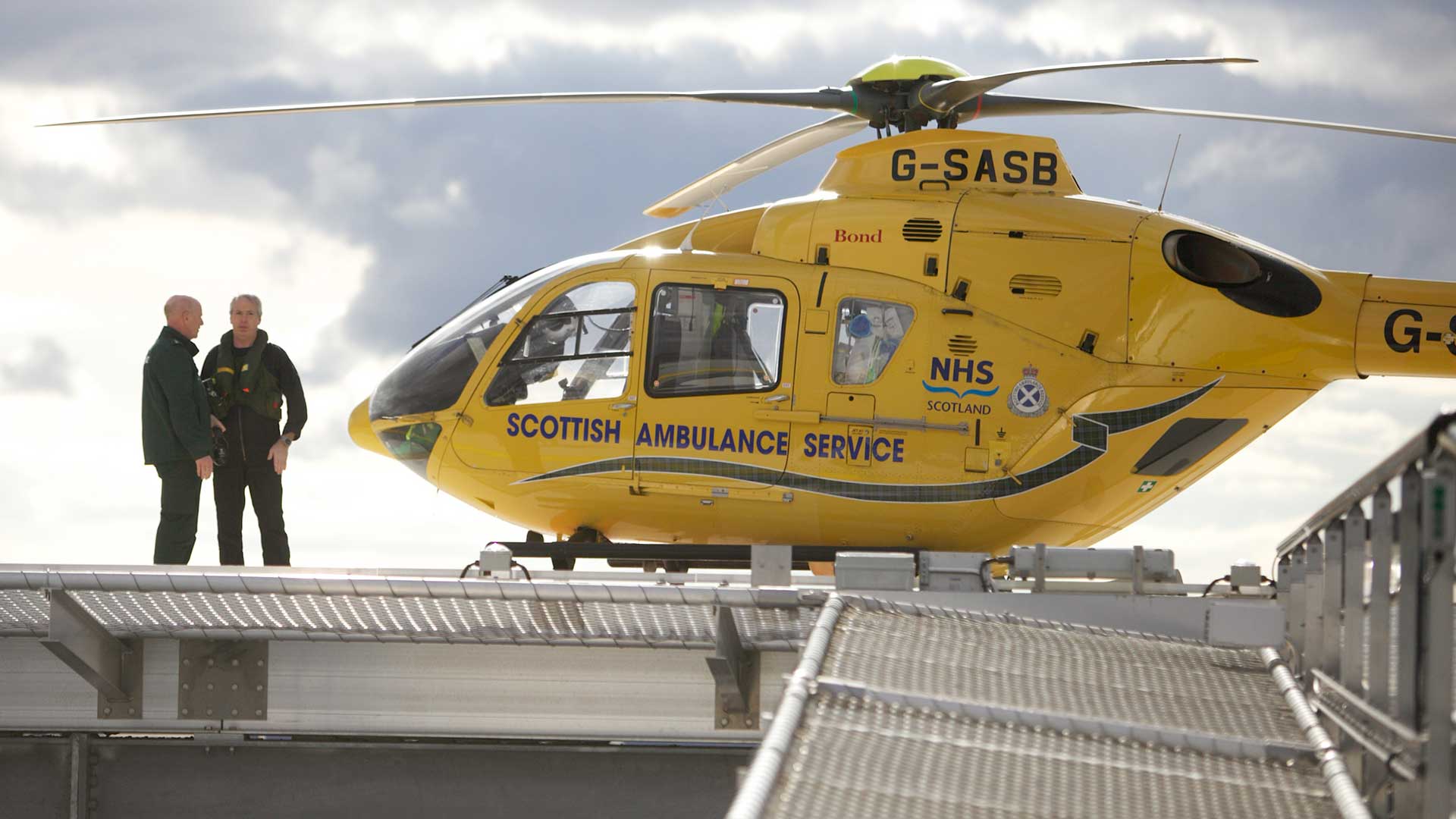
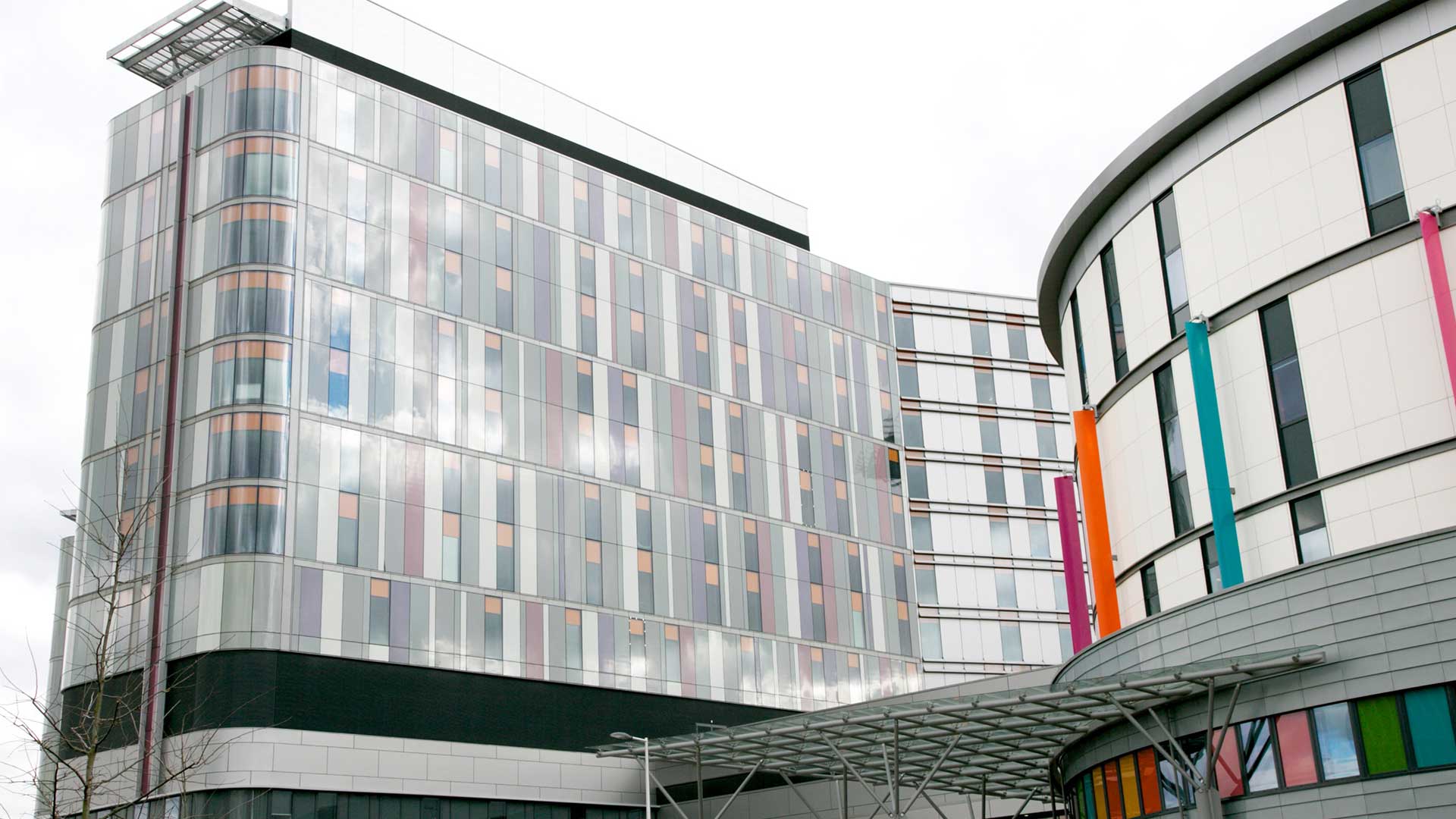
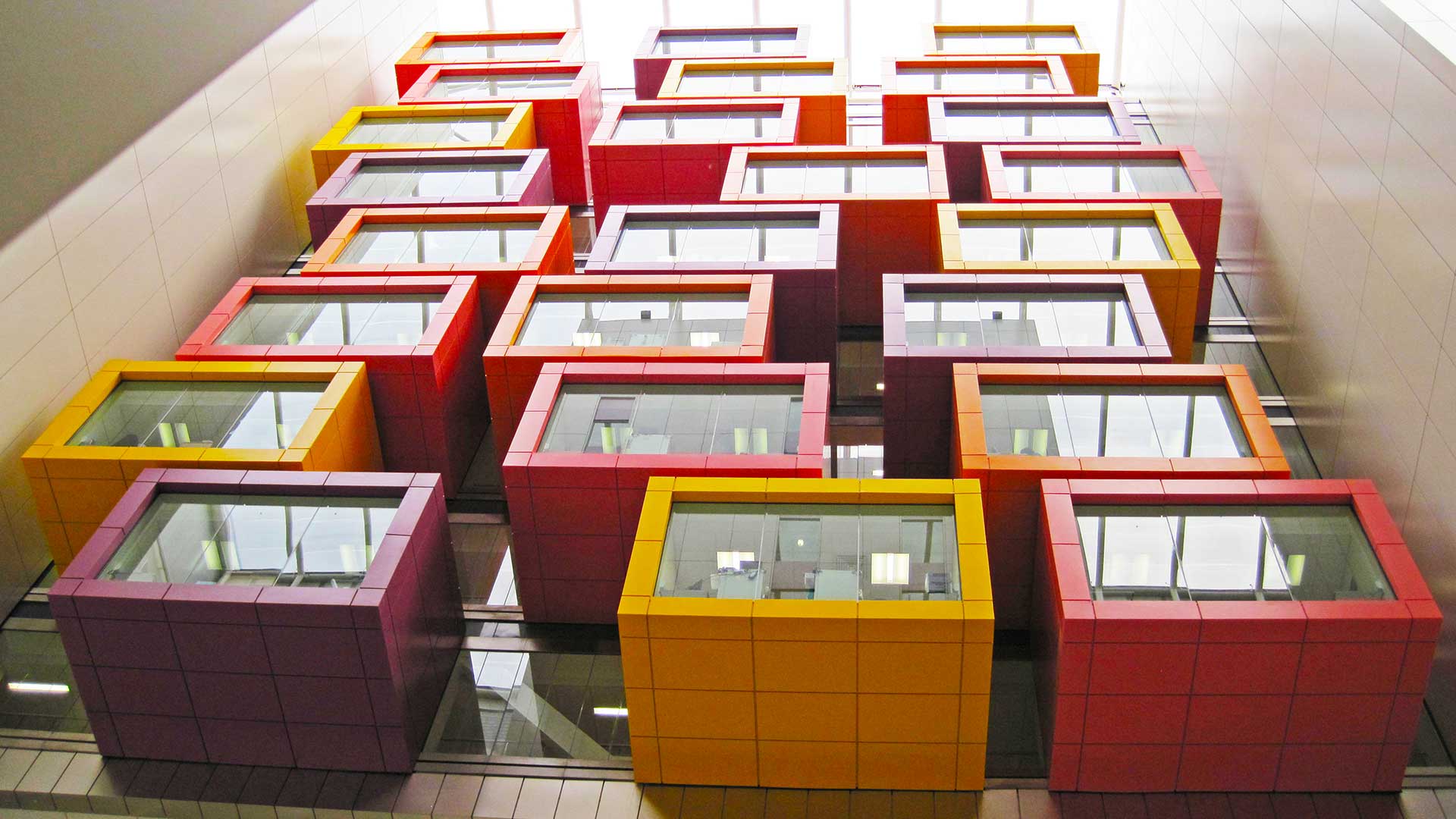

Edina’s natural gas CHP (combined heat and power) technology is at the heart of ambitious healthcare project and saves over £1million in energy costs and reduce carbon emissions by around one fifth for NHS trust, Queen Elizabeth University Hospital.
As part of a Scottish government energy and efficiency review to reduce spiralling energy costs within the NHS, the project was built and designed around achieving high standards of environmental performance to provide long term sustainable energy and ensure security of power.
The hospital is the largest NHS construction project in Scotland, spanning a surface area equivalent of 11 football pitches and is one of the country’s most advanced healthcare facilities.
The main contract was awarded to Brookfield Multiplex with Mercury Engineering undertaking the mechanical and electrical installation. Through a competitive tender process specialist contractor Mercury Engineering awarded Edina the project to design, supply, install and maintain the CHP plants.
Prior to the award of the contract Edina had worked closely with the client’s consultant and Mercury Engineering, and carried out extensive work on the Energy Centre design.
Comprising of three modular CHP plants housing three MWM manufactured TCG 2020 V12 gas engines with a combined output of 3.6MWe and 3.6MWth with an absorption chiller for cooling, the MWM gas engines has a potential to deliver an annual energy saving of up to £1million and a carbon emission reduction by around one fifth.
This forms part of a huge development including the Regeneration of the Clyde Waterfront, with strict adherence to the guidelines from Zero Waste Scotland and an ESD rating of BREEAM excellent carbon footprint of 80kg CO2 per m².
The iconic design for the new hospital has invigorated a neglected part of the city bringing much needed investment to an area largely untouched by the significant regeneration activity planned along the waterfront.
There are already signs that public and private sector investment will follow with a number of planning applications submitted and projects in the pipeline. As the campus development comes on stream this will increase confidence and provide a degree of certainty to partners, private and public, attracting new investment.
The scheme was designed by the consultant as not to include any external dry air coolers due to the strict planning restraints, this was acceptable for the high grade heat as the system was designed to be heat led and the hospital could maximise this load constantly.
The problem lied with the low grade heat generated from the intercooler circuit for which the hospital had no load. Edina’s solution to this problem was to design an intercooler heat rejection system that discharged the heat in the ventilation ductwork system for the CHP plant, thus illuminating the incorporation of roof mounted dry air coolers.
In addition to the above, the CHP systems are designed to work in Island Mode Operation, in the event of a power outage at site, the CHP system is configured to hold all essential loads until power is re-established at site.
To enable this, Edina worked closely with Mercury Engineering to finalise a solution via their load shedding electrical infrastructure.
The construction of the new hospital will support approximately 2,500 jobs and contribute between £30million and £40million to the South West Glasgow economy. Given the current economic climate NHS Greater Glasgow and Clyde recognises the need to utilise its infrastructure investment in South West Glasgow effectively to support and sustain business and jobs in the local economy.
The hospitals new laboratory facilities have created 189 new jobs of which almost 60% of these vacancies have been filled by new entrants with 25% of staff aged 16-24.
Through incorporating community benefits considerations in the procurement of the new hospitals, NHS Greater Glasgow and Clyde is seeking to ensure that as far as possible, a significant proportion of the investment is retained in the local economy, supporting local businesses, sustaining local employment and creating new training and employment opportunities.

Client:
Mercury Engineering
Location:
Glasgow, Scotland
Capacity:
3.6MWe
Operational:
2014
Manufacturer:
MWM
Packager:
Edina
Engine Type:
3 x 1.2MWe TCG 2020 V12
Primary Fuel:
Natural Gas
Edina CHP reduces energy costs by £250k at Hywel Dda University Health Board NHS Hospitals.
Read moreEdina CHP saves over £1million in energy costs for Royal Liverpool University Hospital.
Read moreEdina diesel generation sets supplies largest UK teaching hospital with emergency critical power.
Read more


Copyright © Edina. All Rights Reserved.